For the 10% of people who are allergic to dogs, looking into hypoallergenic dog breeds may be a sign of hope. Poodles, Shih Tzus, Bichon Frises, and Maltese are some of the best hypoallergenic dog breeds. These breeds of dogs, like the Yorkshire Terrier and Portuguese Water Dog, have coats that shed less and make fewer allergens. This means that people with allergies will be able to live in a healthy house
“While these breeds may lower the risk of allergic responses, it’s important to note that no dog is completely free of allergens. To maintain the hypoallergenic qualities of breeds like the Goldendoodle and Lhasa Apso, regular grooming and cleaning are essential. This ensures that allergy sufferers can enjoy a peaceful living environment.”
Choosing the Right Hypoallergenic Dog Breed: A Guide for Allergy Sufferers
People with allergies who want to own a dog must be very careful to choose the right breed. There isn’t a dog breed that is completely hypoallergenic, but some breeds are known to shed less and make fewer allergens, which makes them better pets for people with allergies.
Here are some popular hypoallergenic dog breeds that are often recommended:
1. Goldendoodle
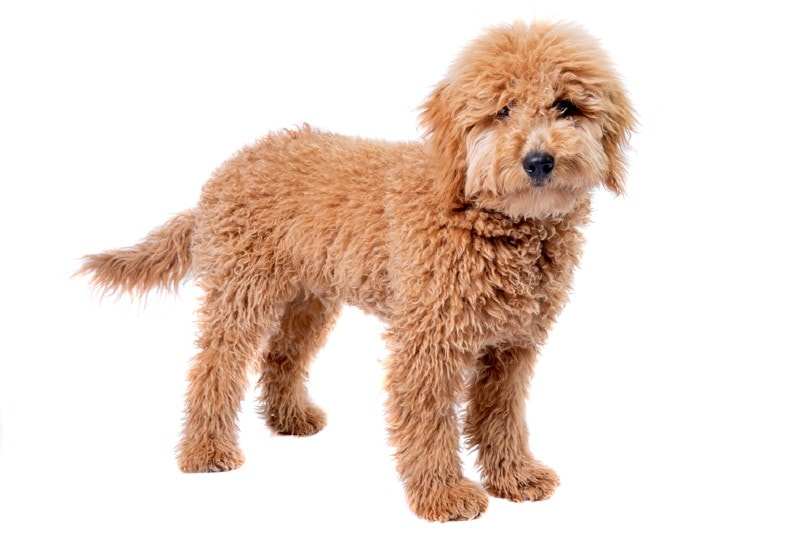
A pics of Named called Mini Goldendoodle
A crossbreed between a Golden Retriever and a Poodle, Goldendoodles typically have a low-shedding coat, making them a favorite among allergy sufferers.
2. Bolognese

Bolognese is a cute family dog
These tiny, fluffy dogs are a great option for allergy sufferers because of their hypoallergenic coat, which creates less dander.
3. Standard Poodle
Poodles are renowned for their hypoallergenic qualities, coming in three distinct sizes: Standard, Miniature, and Toy, each with unique characteristics and care needs
Poodles are well-known for having curly, non-shedding coats that can considerably lessen allergic reactions in people who are sensitive to them.
4. Portuguese Water Dog
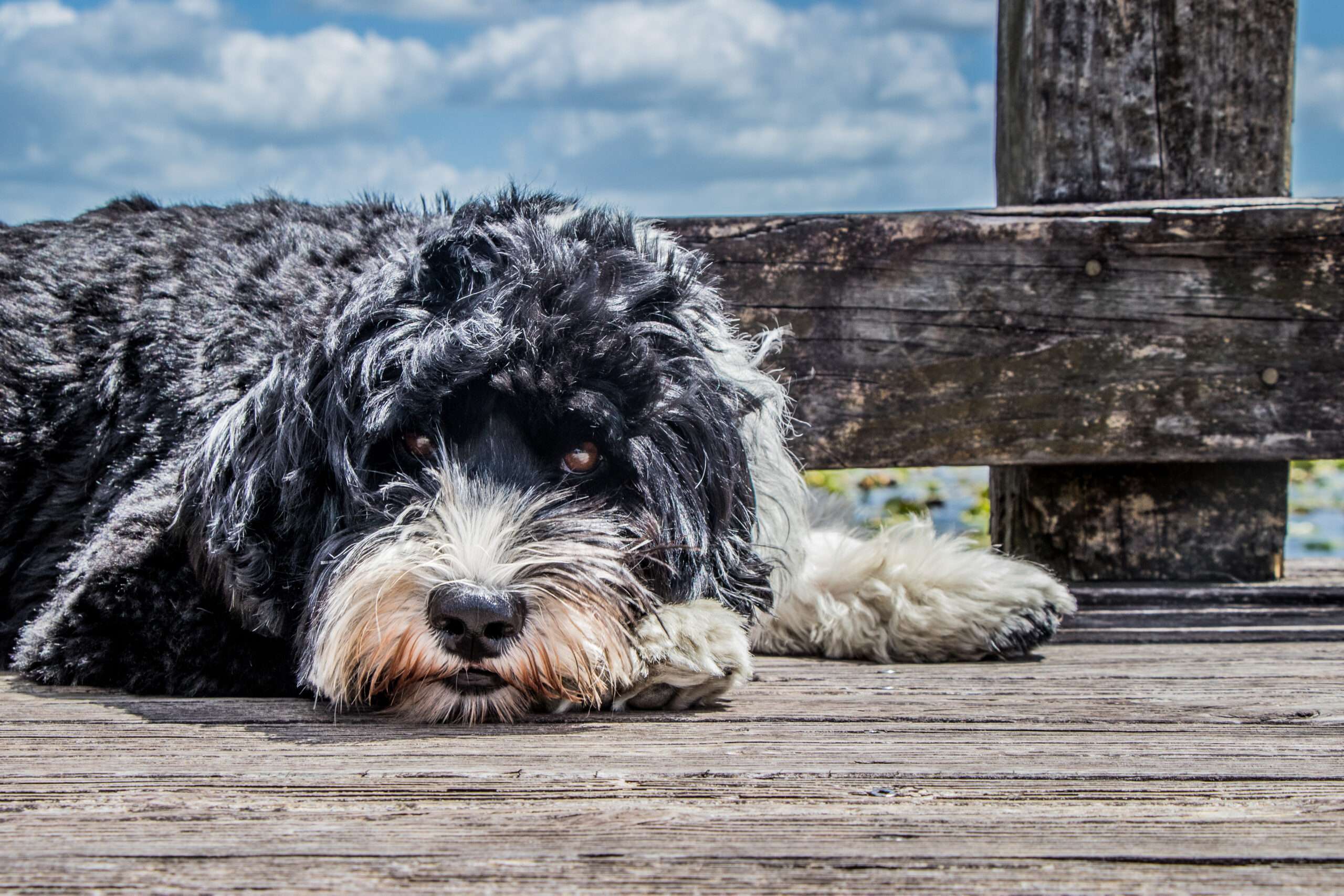
Portuguese Water Dog lying on the ground and looking sad
Due to their low shedding and water-resistant coats, Portuguese Water Dogs are frequently suggested for allergy sufferers.
5. Polish Lowland Sheepdog
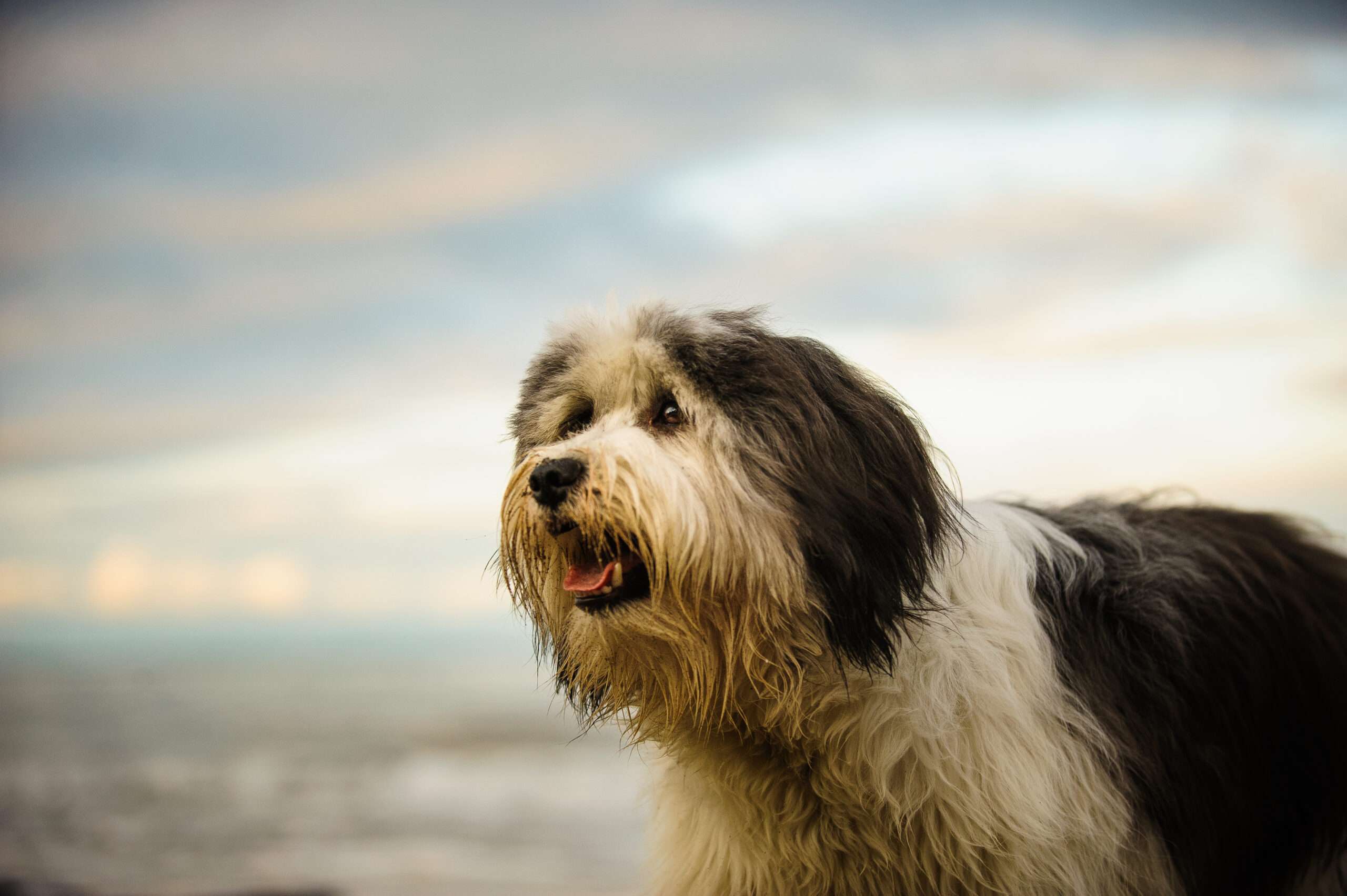
Polish Lowland Sheepdog a dog with a clean background
These clever, loving dogs have a thick coat that sheds very little, so they’re a good choice for people who have allergies.
6. Basenji

Basenji looking happy aand running
This is a one-of-a-kind breed of dog known for cleaning itself like a cat and having feather-less fur, which makes them a good choice for people with allergies.
7. Lagotto Romagnolo
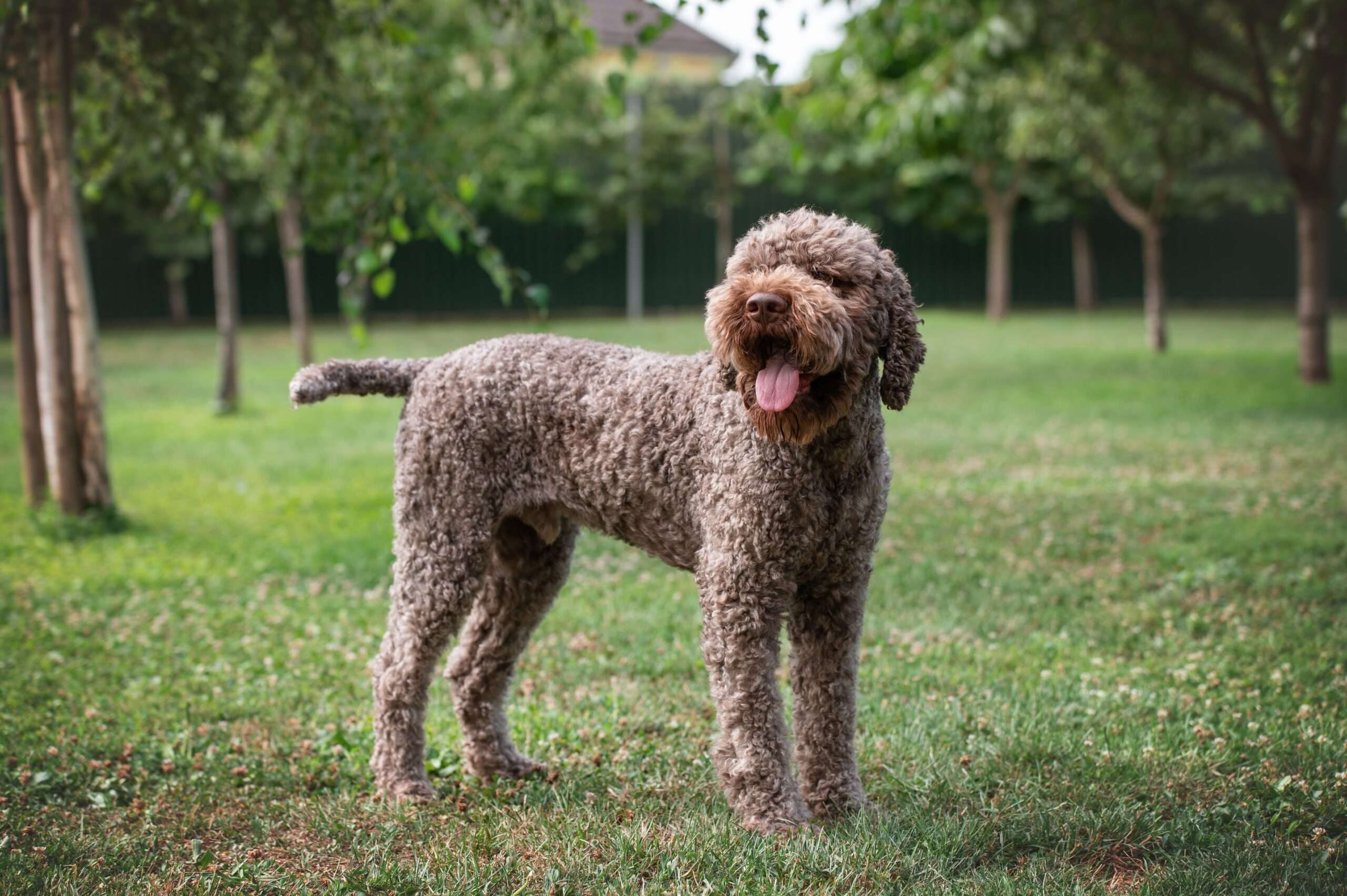
“Portrait of a Lagotto Romagnolo truffle dog in the outdoors
These dogs were originally bred to hunt truffles. They have a curly, hypoallergenic hair that sheds very little, so allergy sufferers can enjoy owning one.
8. Puli
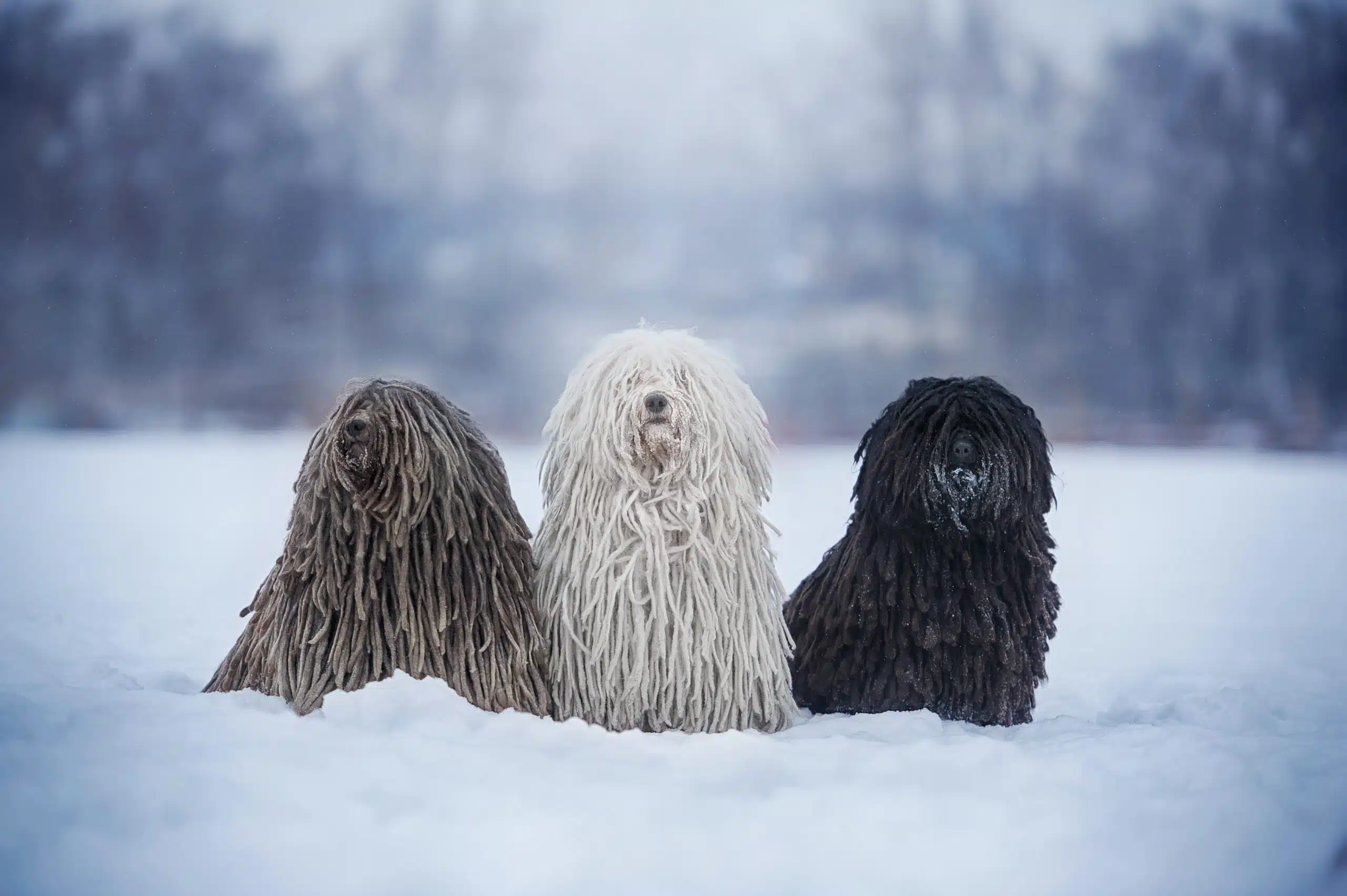
puli playing with friends in snow
Because Pulis have a unique corded coat, they shed very little and make very little dander, which makes them a good choice for people who are allergic to pets.
9. Maltese
Maltese dogs are popular with people who have allergies because their long, smooth hair sheds little and makes less dust.
10. Wire Fox Terriers
Dogs with short hair, like Wire Fox Terriers, shed very little and make few allergens, so they are a good choice for people with allergies.
11. Brussels Griffon
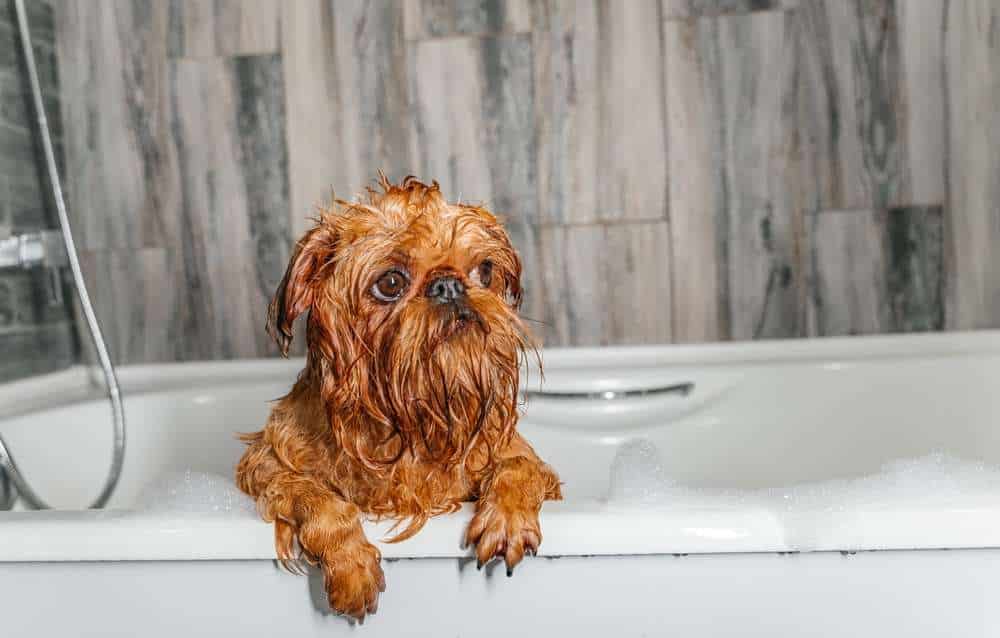
Brussels Griffon looking happy
The Brussels Griffon is a small, cute dog with a stiff coat that sheds very little, so people with allergies can have one.
Even though these breeds are known for not bothering people with allergies, it’s important to remember that everyone reacts differently. Before getting a dog, you should talk to an allergist to make sure you pick a breed that will be good for people with allergies. Regular cleaning and brushing can also help reduce allergens in the home, making it a better place for both you and your pet friend to be.
What are Some Common Allergens in Dogs?
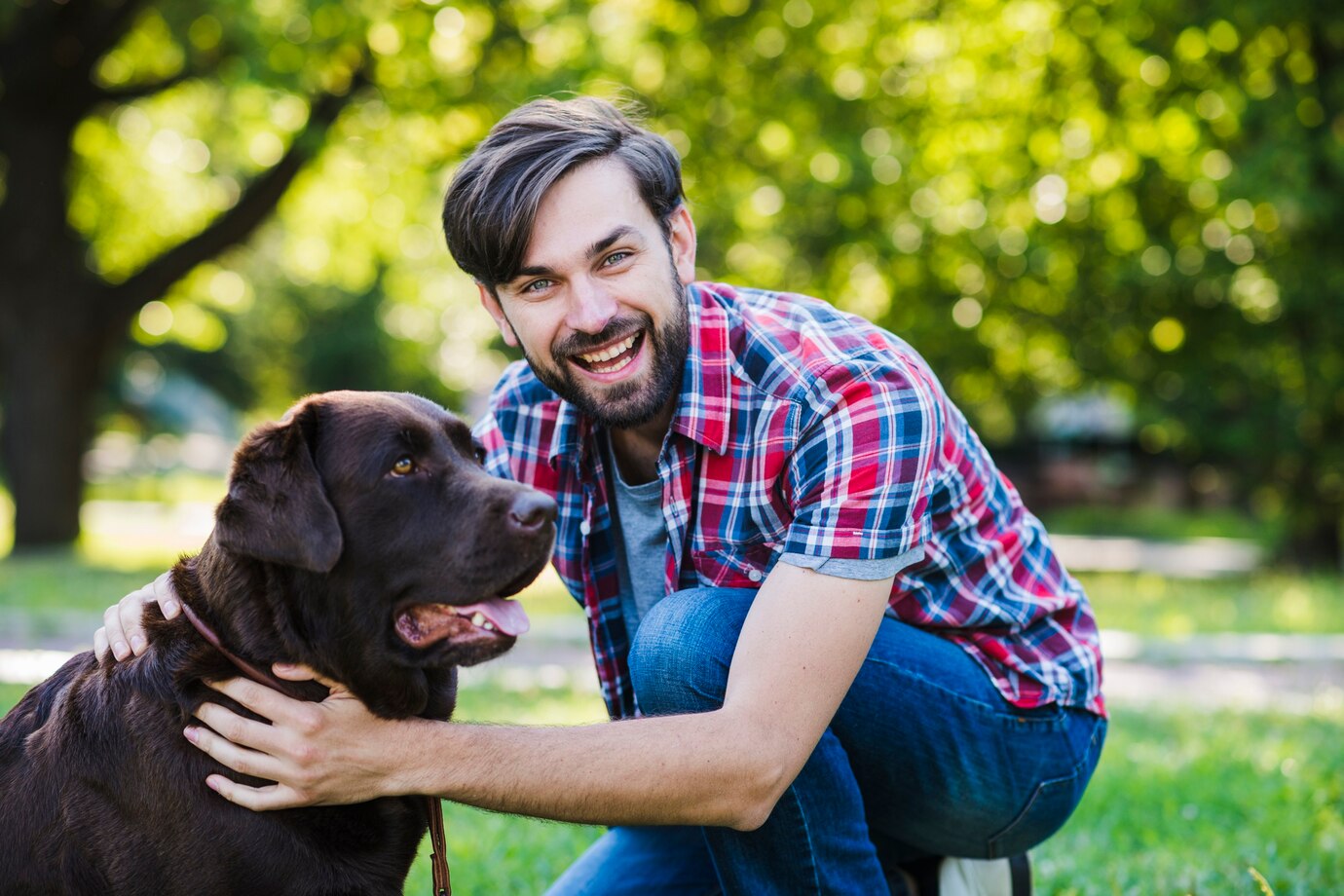
portrait of happy men while train his dogs
Dogs can be allergic to proteins like beef, dairy, chicken, eggs, soy, and wheat gluten. Environmental allergens like house dust, molds, and insects such as fleas, mosquitoes, and cockroaches can also trigger allergies in dogs.
How to Train a Hypoallergenic Dog
Training a hypoallergenic canine involves a blend of appropriate nurturing, affirmative encouragement, and steadfastness. While no breed is entirely hypoallergenic, certain breeds shed minimal dander, rendering them better-suited for allergy sufferers. Below are some pointers on fostering and instructing hypoallergenic dogs:
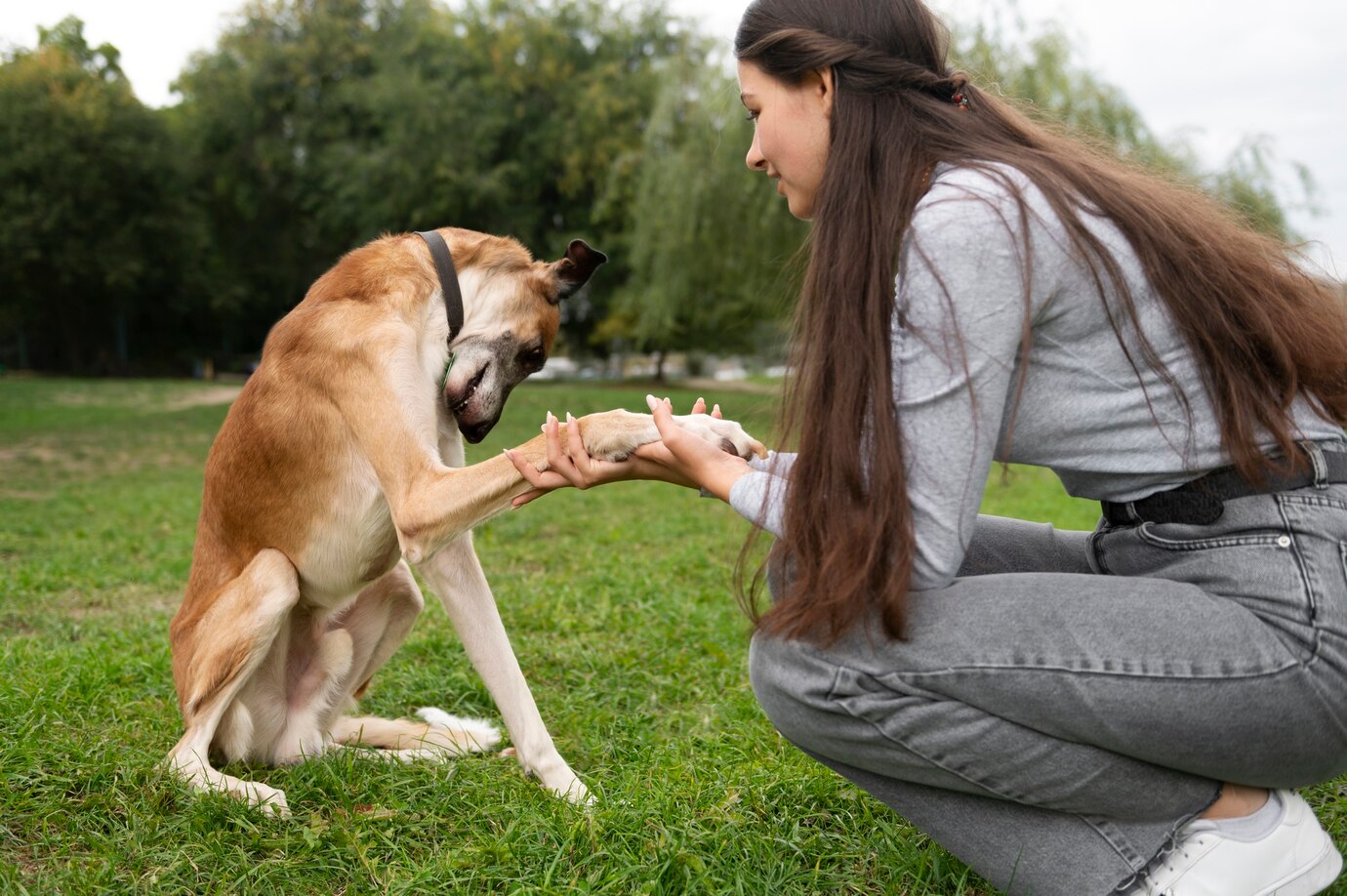
side-view-woman-training-dog-outdoors
Essential Training Tips for Hypoallergenic Dogs
Training a hypoallergenic dog requires understanding and adapting to their specific needs due to their unique characteristics. Here are some effective strategies to ensure your training sessions are successful and allergy-friendly:
- Start Training Early: Begin training your dog from an early age to help them adapt to various situations and ensure they become well-socialized.
- Regular Grooming: Incorporate regular brushing and grooming to minimize allergens, which can also help keep the dog calm and stress-free during training sessions
- Opt for Hypoallergenic Treats: Use hypoallergenic treats as rewards to avoid triggering allergies and to keep training sessions enjoyable and effective
- Short and Frequent Training Sessions: Keep training sessions short and frequent to prevent overexertion and reduce stress, which can impact your dog’s learning and behavior
- Indoor Training Environments: Choose indoor training activities or schedule training during times when pollen and other environmental allergens are at their lowest to reduce the risk of allergic reactions
- Professional Grooming: Consider professional grooming services to maintain your dog’s coat and reduce dander, which can make training environments more comfortable for both you and your pet
- Maintain a Clean Training Environment: Regularly clean your training area with a vacuum cleaner equipped with HEPA filters to ensure it remains free of allergens
- Choose the Right Breed for Trainability: Select a breed known for its trainability, such as Standard Poodles or Yorkies, to make the training process smoother and more predictable
By following these tips, you can create a positive and effective training environment for your hypoallergenic dog, ensuring both you and your pet enjoy a healthy and happy relationship.
Low-maintenance Hypoallergenic Dog Breeds
If you have allergies and want a cuddly friend but don’t want to deal with a lot of cleaning or shedding, some hypoallergenic dog types are great choices. There is no such thing as a completely hypoallergenic dog, but these breeds make fewer allergens and need less grooming, which makes them great picks for people with allergies.
Poodle
Poodles come in normal, toy, and tiny sizes, and their coats have a reputation for being hypoallergenic and shedding little. To maintain their curly fur in good shape, you need to groom them often, but they are pretty low-maintenance when it comes to shedding.
Maltese
These small, friendly dogs have hypoallergenic coats made of long, smooth hair that doesn’t shed much. They need some cleaning to keep their coats from getting matted, but their gentle nature and low-shedding coats make them great pets for people with allergies.
Bichon Frise
Bichon Frises have fluffy white coats that don’t shed. They are another hypoallergenic breed that needs to be groomed regularly to keep their fur looking its best. People with allergies love them because they are friendly and don’t shed much.
Basenjis
Basenjis have short, hypoallergenic hair that sheds very little. They are known for being clean and cleaning themselves. In terms of cleaning, they don’t need much attention, but they still need regular care to stay healthy and happy.
Portuguese Water Dog
These sensitive dogs shed very little hair and require frequent grooming to prevent matting.. Because they are playful and can live in a variety of settings, they make great pets for people with allergies who want a low-maintenance friend.
Finding Your Perfect Match: The Conclusion on Hypoallergenic Dog Breeds
Exploring hypoallergenic dog breeds reveals options like Poodles and Bichon Frises, offering unique traits while considering allergy concerns. Selecting a breed accommodating lifestyle and allergies is crucial.
It is important to remember, though, that “hypoallergenic” does not mean “allergen-free.” To keep your home as allergen-free as possible, you need to regularly groom yourself, keep it clean, and sometimes even see a doctor if you have serious allergies. Let’s enjoy the variety and flexibility of these hypoallergenic breeds as we wrap up this conversation. Each one brings its own set of joys, challenges, and pure love to the right homes. This tour of the best hypoallergenic dog types supports a larger message of hope and possibility for allergy sufferers who want a dog as a pet. It encourages more research and thought about these amazing animals.
……………………………………………………………………………………………………………………………………………………………………………………………………………………………………………………………………………………
Interesting Read:
Meet: Fila Brasileiro
Meet: Field Spaniel



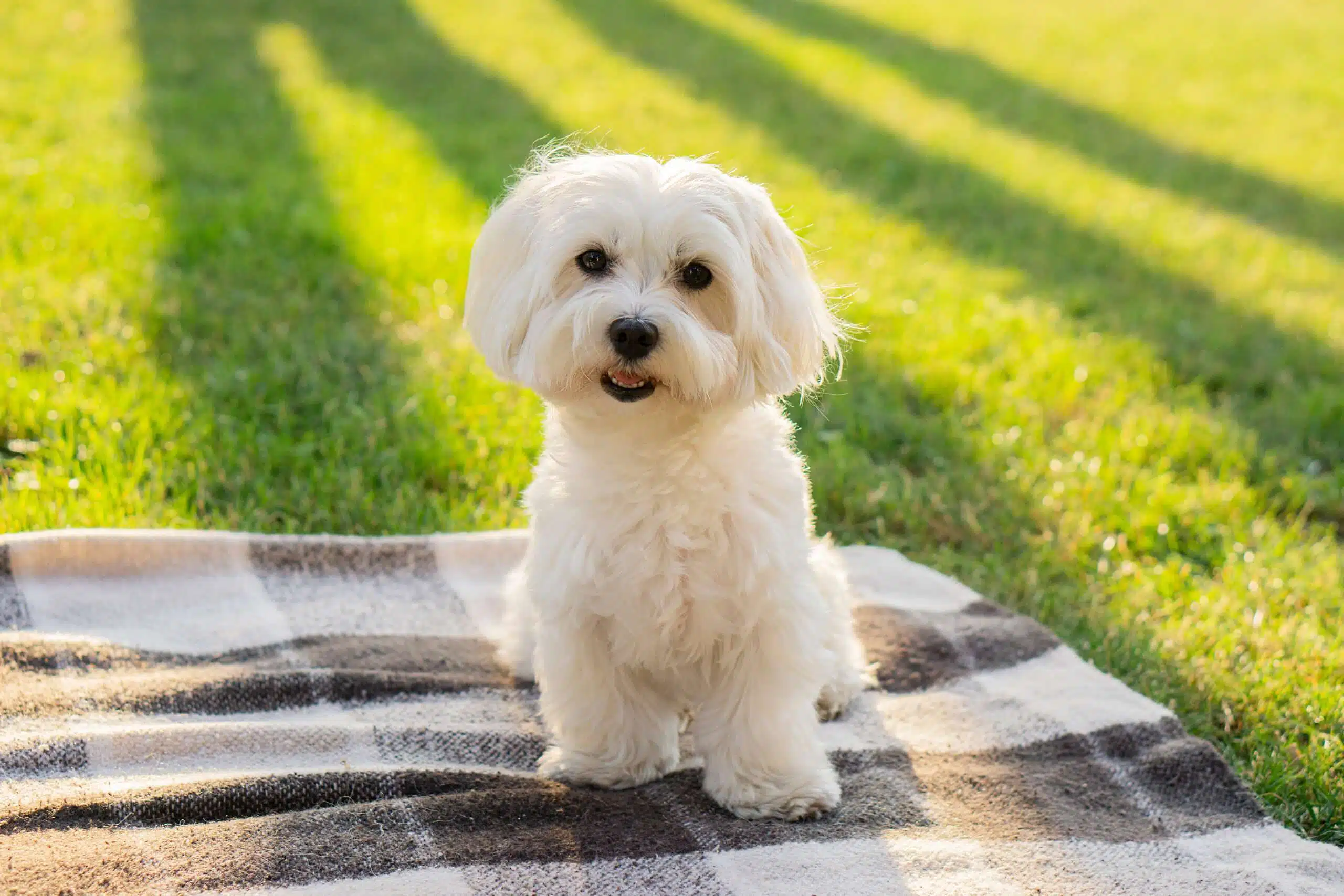
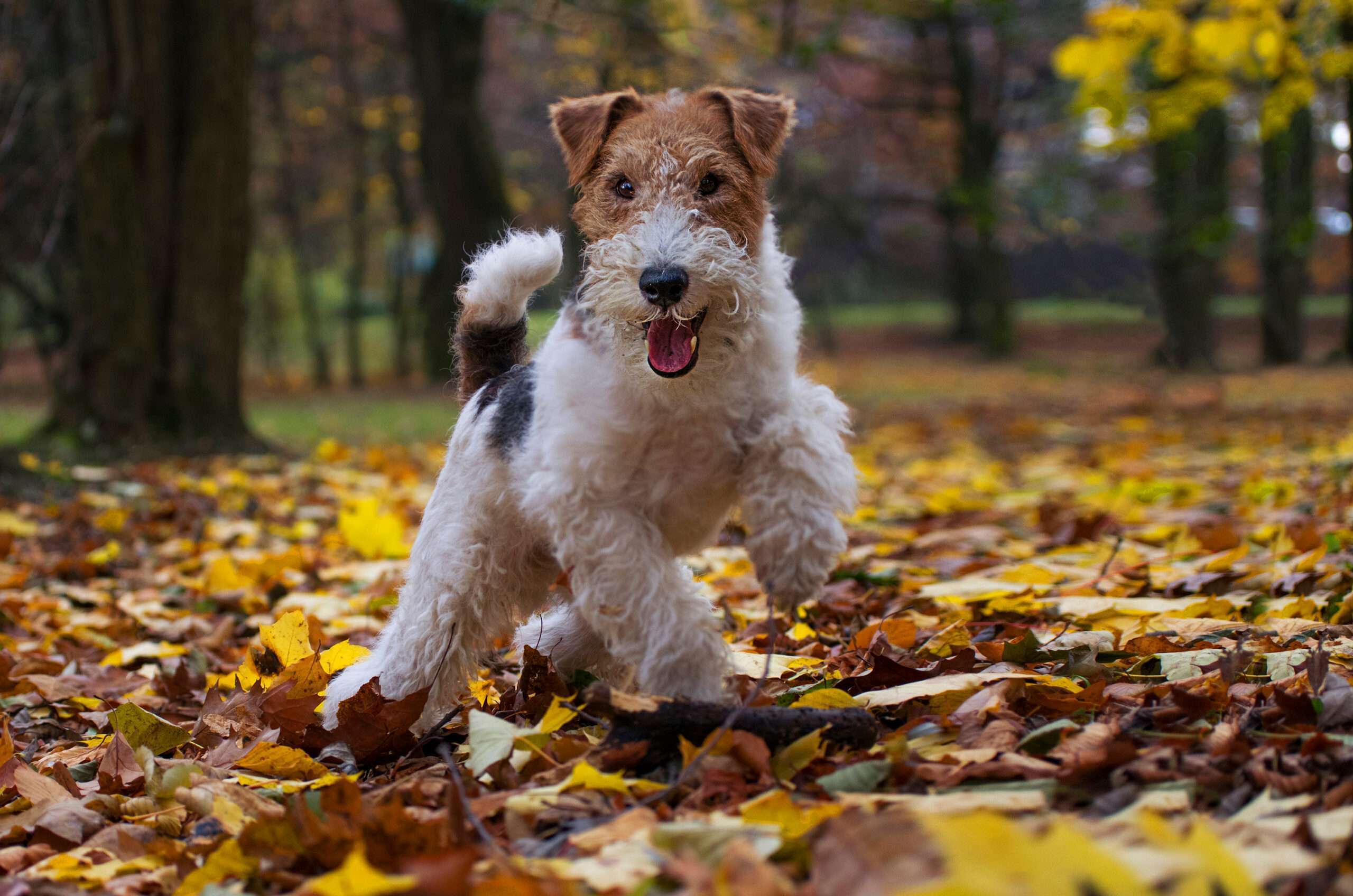

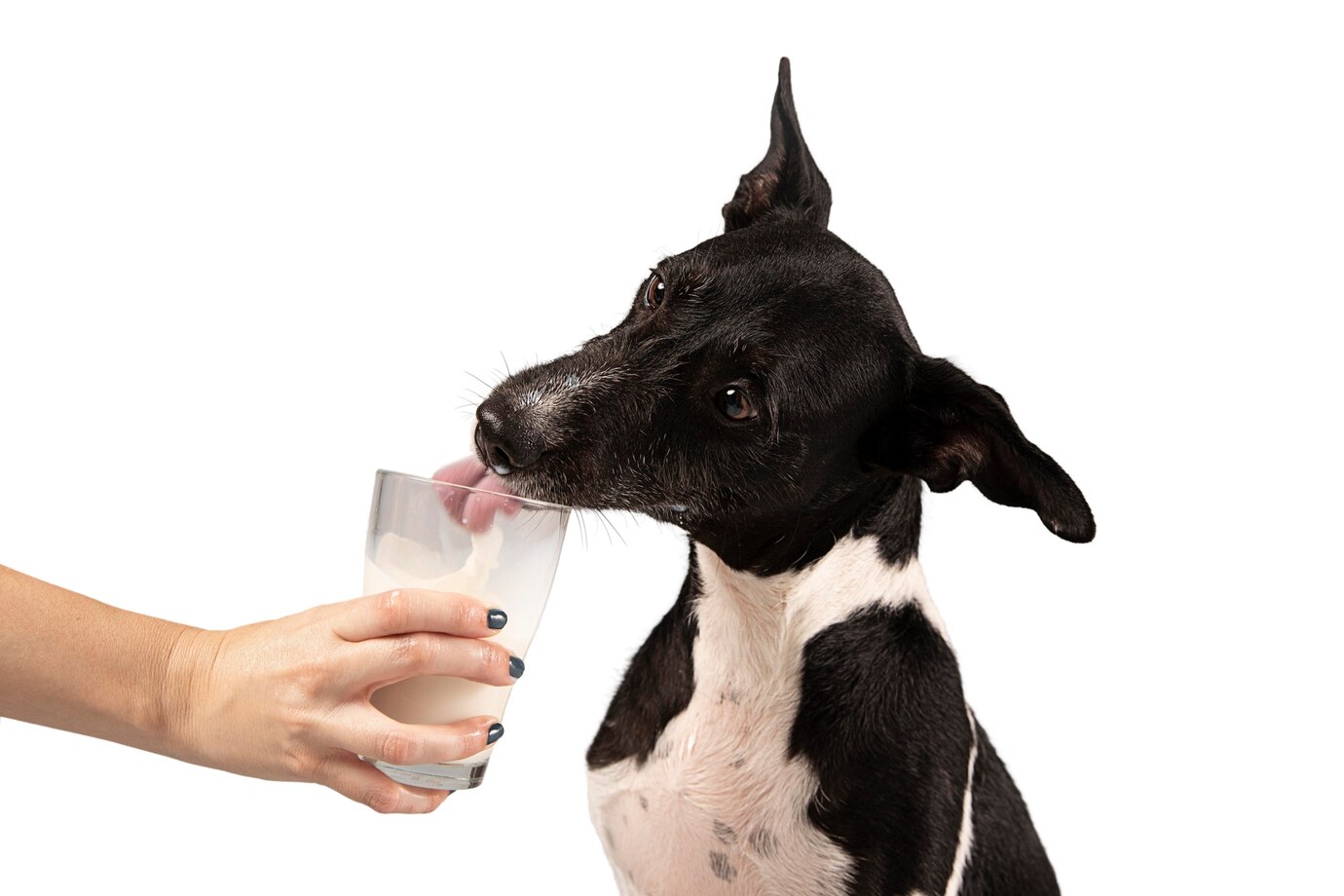
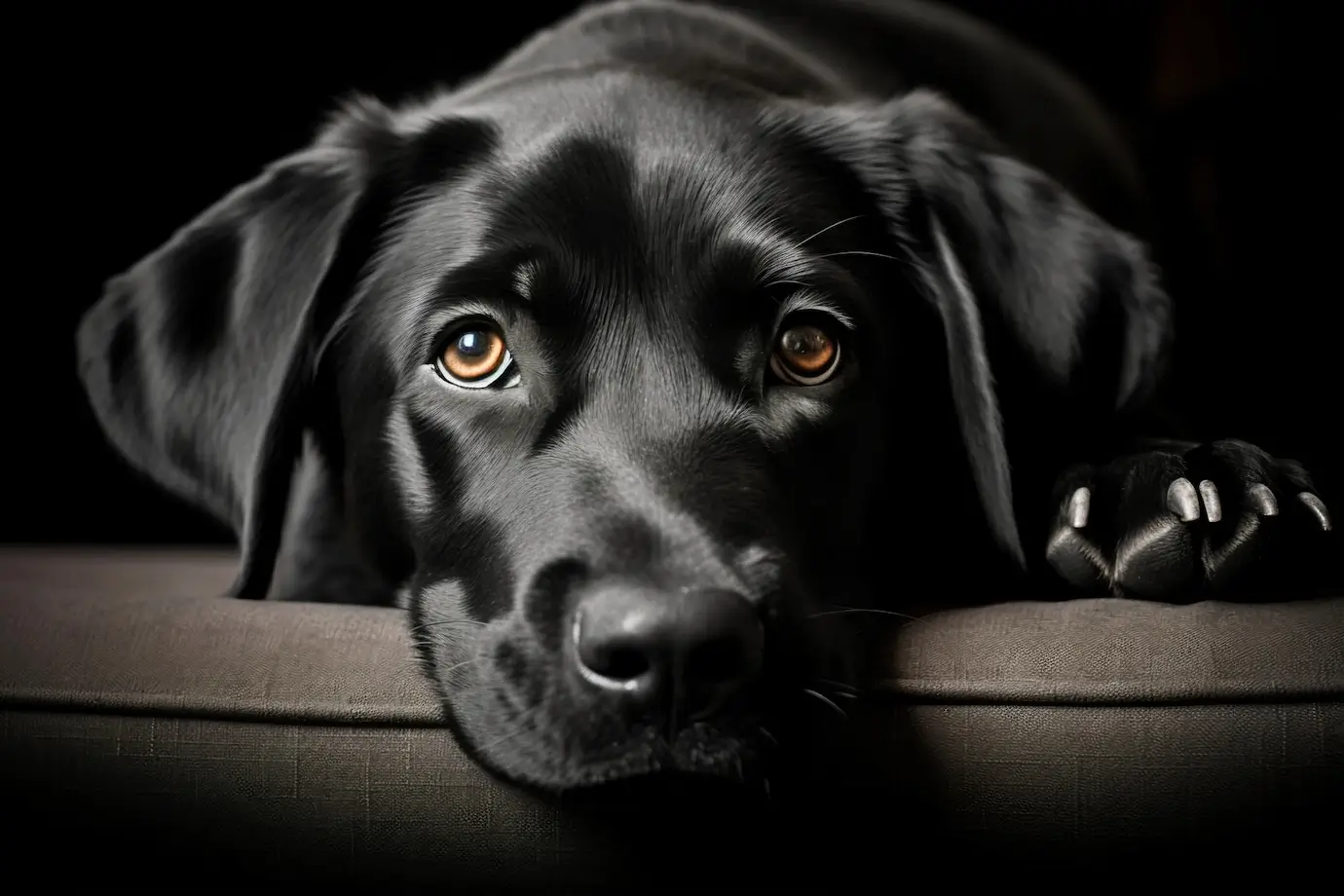

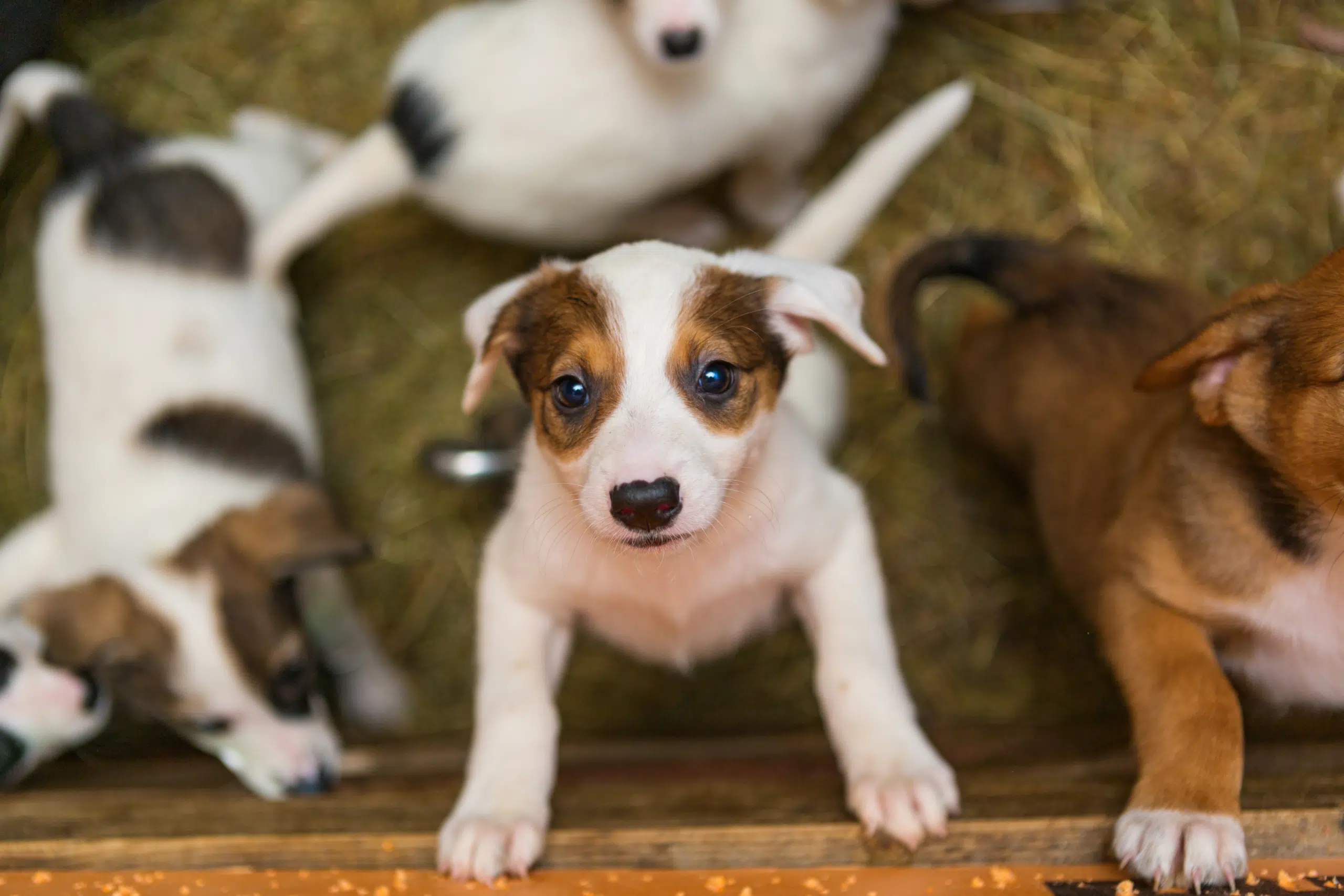
Get involved!
Comments